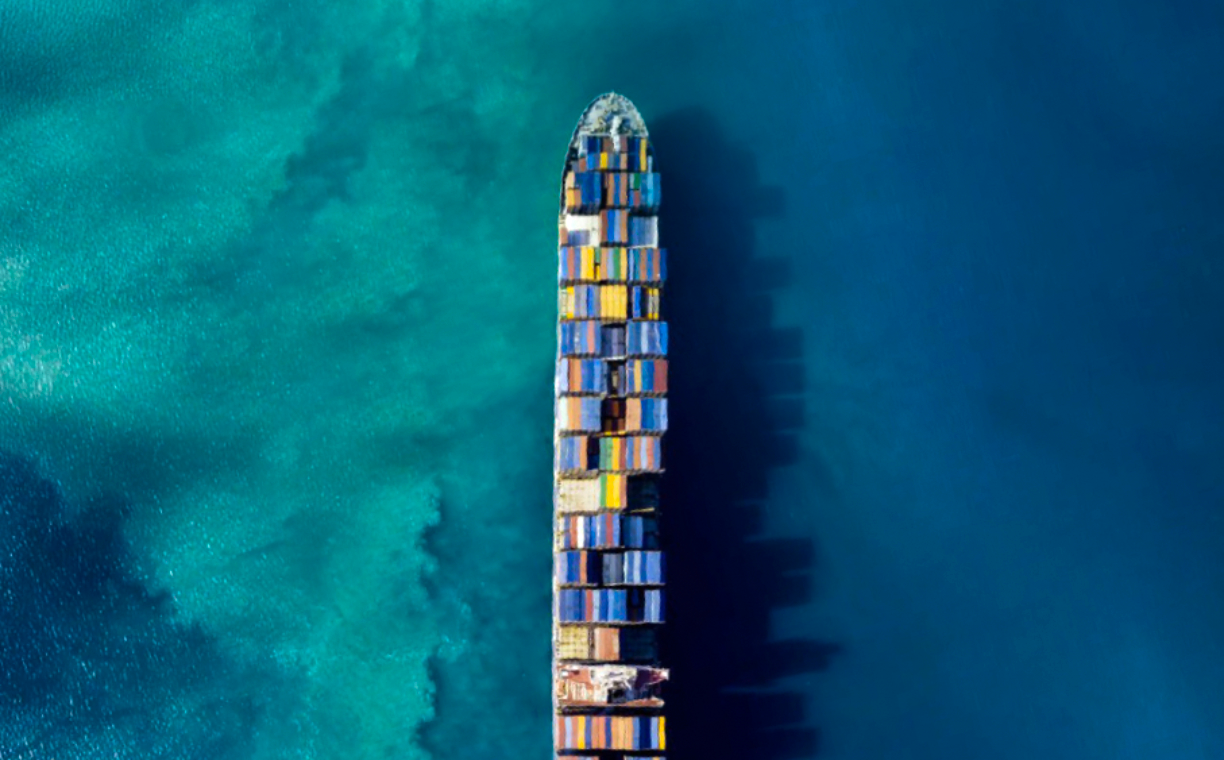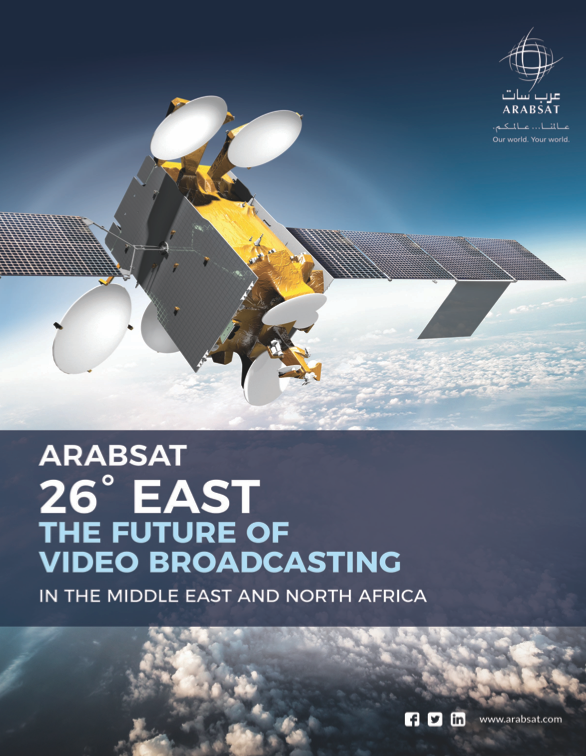What do you think when you hear the words ‘space technology’? Most people’s minds turn outward to images of faraway galaxies, robots scouring Mars for signs of life, or Kirk and Spock boldly going where no one had gone before.

However, most money invested in space technology actually goes into developing infrastructure that monitors the Earth, supports businesses, and provides services to people such as you and me. For example, there were 8,261 individual satellites orbiting Earth rat the close of January 2022, according to the United Nations Office for Outer Space Affairs (UNOOSA), — with tens of thousands more to be launched during the next decade. These satellites, particularly the small ones sent into Low Earth Orbit (LEO), are crucial to monitoring the crops that produce our food, the health of the forests that produce our oxygen — and measuring the atmosphere that produces our weather.
They also provide all manner of tracking and communication services. In effect, the advent of the smallsat era has created a network of sensors on-orbit that now can provide continuous and ubiquitous monitoring of Earth, opening the door to a much more widespread use of data and services from space.
But the focus, so far, has been on the land mass. After all, that’s where most of us — the consumers of data — live, work and play. By comparison, the other two-thirds of the surface of our planet, the oceans and seas, are poorly monitored and serviced from space.
Why is that a problem? For starters, 90% of everything we consume is moved by sea. The oceans are not just the main artery for our trade, they are the lifeblood of our entire planet, regulating our weather, producing our oxygen, feeding and watering billions of organisms (including us), creating jobs — not to mention bringing a sense of wonder and enjoyment, whether we’re watching the waves lap the shore, swimming at the beach or cruising on a ship.
Recognition of our oceans as an essential global resource that must be managed sustainably, coupled with increasing concern over climate change, has renewed interest in space-based monitoring. This, in turn is now driving dedicated smallsat solutions.
The first — and quite successful — of these was the implementation of SAT-AIS, the tracking technology that allows us to keep an eye on the world’s shipping traffic and the ability to monitor legal and illegal shipping.
AAC Clyde Space’s own constellation is already providing AIS data, and that will double in size over the coming year. At the same time, the next generation of the system, known by the catchy name of VHF Data Exchange System (VDES), is already in the works.
In fact, one of the first operational VDES satellites, Njord-1, is taking shape currently in our facility in Uppsala. This will be the first satellite in a constellation that will replace AIS as well as add a entirely new range of services and capabilities, making traveling the oceans safer, greener and more efficient.
New technologies are also now being deployed. Synthetic Aperture Radar (SAR) is a well-known example, but superspectral and hyperspectral imaging are now becoming increasingly common in smallsat, ocean monitoring missions.
The AAC Clyde Space-built SeaHawk which is a mission dedicated to determining the color of the water in order to assess its quality. This early identification of changes in water quality is critical to quickly addressing the causes of pollution.
The bottom line is our ability to manage and mitigate climate change and the threats that come with it, all depending on our ability to monitor the oceans. For a long time, this has been a challenge, but smallsats are now offering more and more solutions.
At AAC Clyde Space, we must continue to innovate and deliver those solutions — and data they capture — to the scientists, policymakers and businesses who need this crucial information.
Now is the time to remember the forgotten two-thirds — our planet’s future depends on it.

Luis Gomes
Luis Gomes is CEO Of AAC Clyde Space. He has 25 years of experience in the space industry and specializes in the small satellite field. He has grown AAC Clyde Space and broadened its business from being a leading manufacturer of space products components to a group that carries out Space Missions and deliver space data. Formerly, Luis was CTO and Executive Director at British firm SSTL, where he was responsible for defining and conducting technical and commercial strategies.


